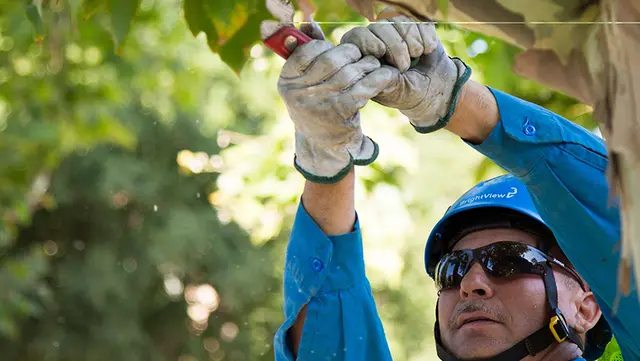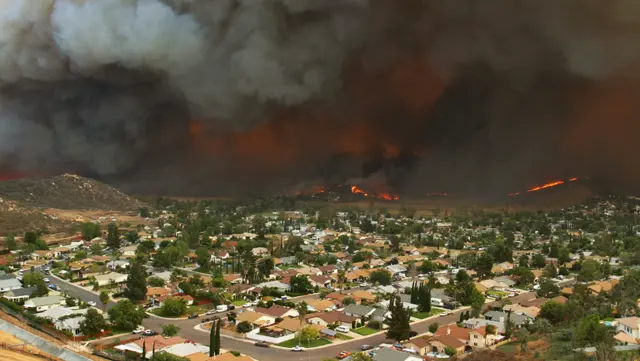Why Should I Trim My Trees? - Ask BrightView
Ask BrightView: Episode 14
Are you looking to give your tree the best care you can? As BrightView's ISA Certified Master Arborist Jonathan Frank explains, it's not always about the silhouette of the tree, but instead how and where the branches are growing. To strengthen your tree to safely withstand any weather, Frank also goes into detail about when you should trim your tree to ensure it maintains a healthy structure.
(For the full transcript, see below.)
Your Questions, Answered
We take your burning questions and give you the best advice, tips, steps, and more for your landscape needs in our Ask BrightView series.
Have you seen the latest episode yet?
Video Transcription
Why should I trim my trees and when is the best time to do it?
JONATHAN FRANK, expert:
So you want to trim a tree. As an ISA board-certified Master Arborist, I get this question a lot.
Arborists prune trees for many different reasons. Some of the objectives are providing clearances for trucks or fire engines, sometimes we need to manage the size of a large tree on a site and make that tree smaller by crown reduction, but probably the most value that one would get from trimming their tree is by considering the tree trimming to improve the structure of the tree. With a trained arborist, you can prune the tree to make it stronger and more tolerant of wind and ice storms and hurricanes. We can preserve the tree and the it will be standing for many many years in the future.
Branch Architecture
As an arborist, when I look at the tree, I'm not looking at the silhouette of the crown or looking at the leaves. I'm looking through the leaves - I'm looking at the skeleton of the tree and I'm going to start looking at the root flare. Begin at the bottom of the tree and follow the trunk up and then look at the branches to see how they're attached and to see how they're spaced. The important thing to consider is that we're looking at the branch architecture of the tree and not just the silhouette. Arborists have a mental image of what the perfect tree looks like and what we're doing is we're assessing the tree for growth characteristics that do not fall in line with our idea of a proper tree structure.
We're going to look at the branch spacing, look at the angles of attachment, and look at each and every individual branch. We're going to see how it's growing on the tree. If a branch is growing in a way that we feel might weaken the branch attachment, or cause it to fall off the tree maybe in wind or even in normal weather, we're going to prune to remedy that defect. The ideal structure that we're looking for is a tree that has one single trunk from the roots all the way to the tip. If we have other branches that are competing with that trunk or two branches that are the same size, this would be something that we want to correct. We're going to shorten one of those branches. By shortening that branch, we're allowing the other branch that we didn't touch to grow much faster and much taller and then this will turn into the new trunk.
We're looking for branches that come out of the trunk opposite each other as well. We don't want to see that, so we're going to either remove one or reduce one and slow it down. We're trying to develop what we call a 'single leader,' or one single trunk, similar to a Christmas Tree, from roots to tip.
Defect Example
Here, we have a Shady Lady Black Olive tree and it's a subtropical species. Starting from the roots and working our way up, we want to see one trunk and we'd like to see smaller branches coming off the side of that trunk. This particular branch is very large compared to the trunk that it's attached to and we also have two other branches that are all growing in the same area right here. This is a defect and a less-than-desirable growth trait. We're going to want to address this by either removing or reducing one or all of the branches.
The biggest advantage to trimming a tree for improved structure is that the tree will become stronger. It will be less likely to be damaged by wind, ice, or some of the other elements. We're setting the tree up to live a long and happy life.



